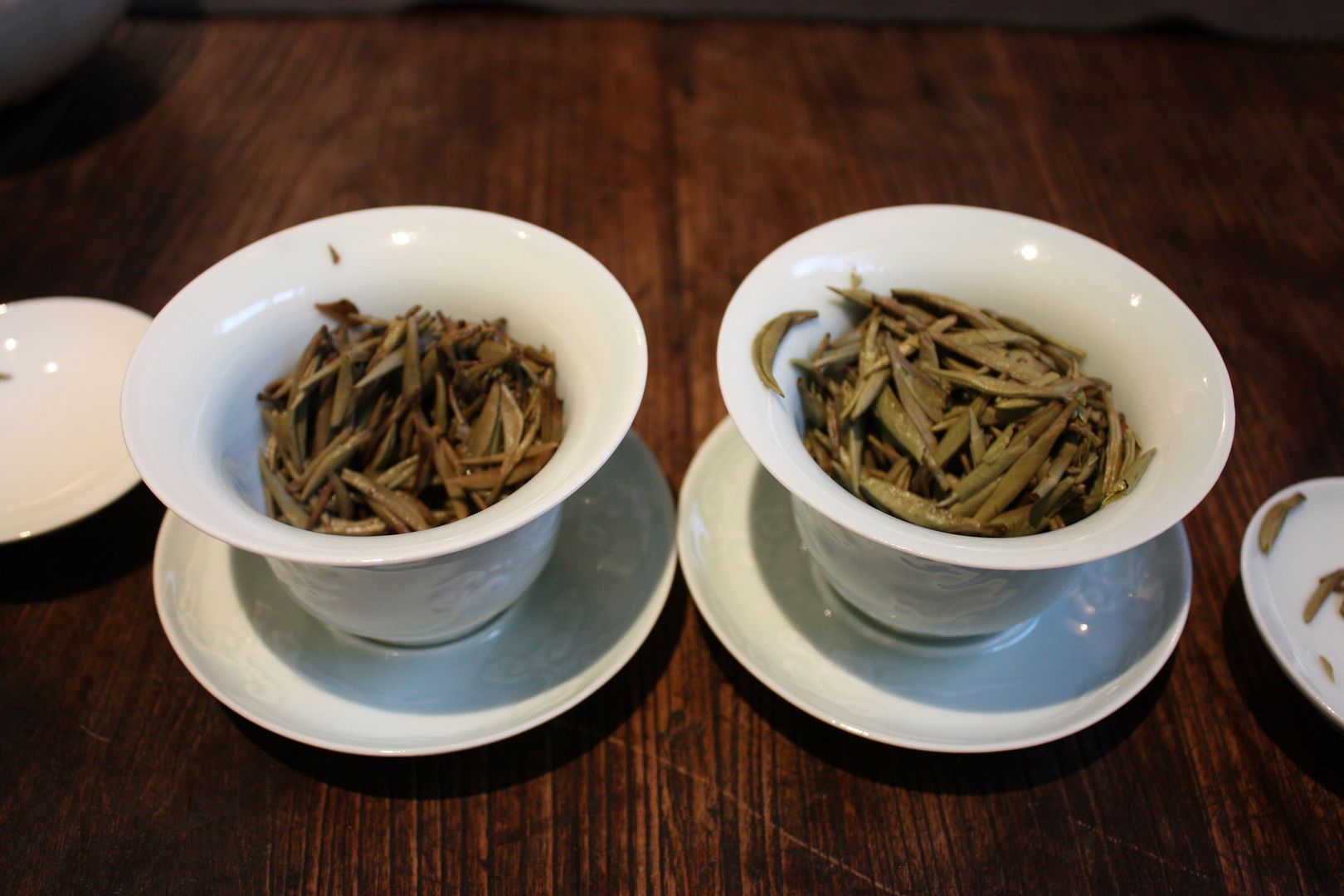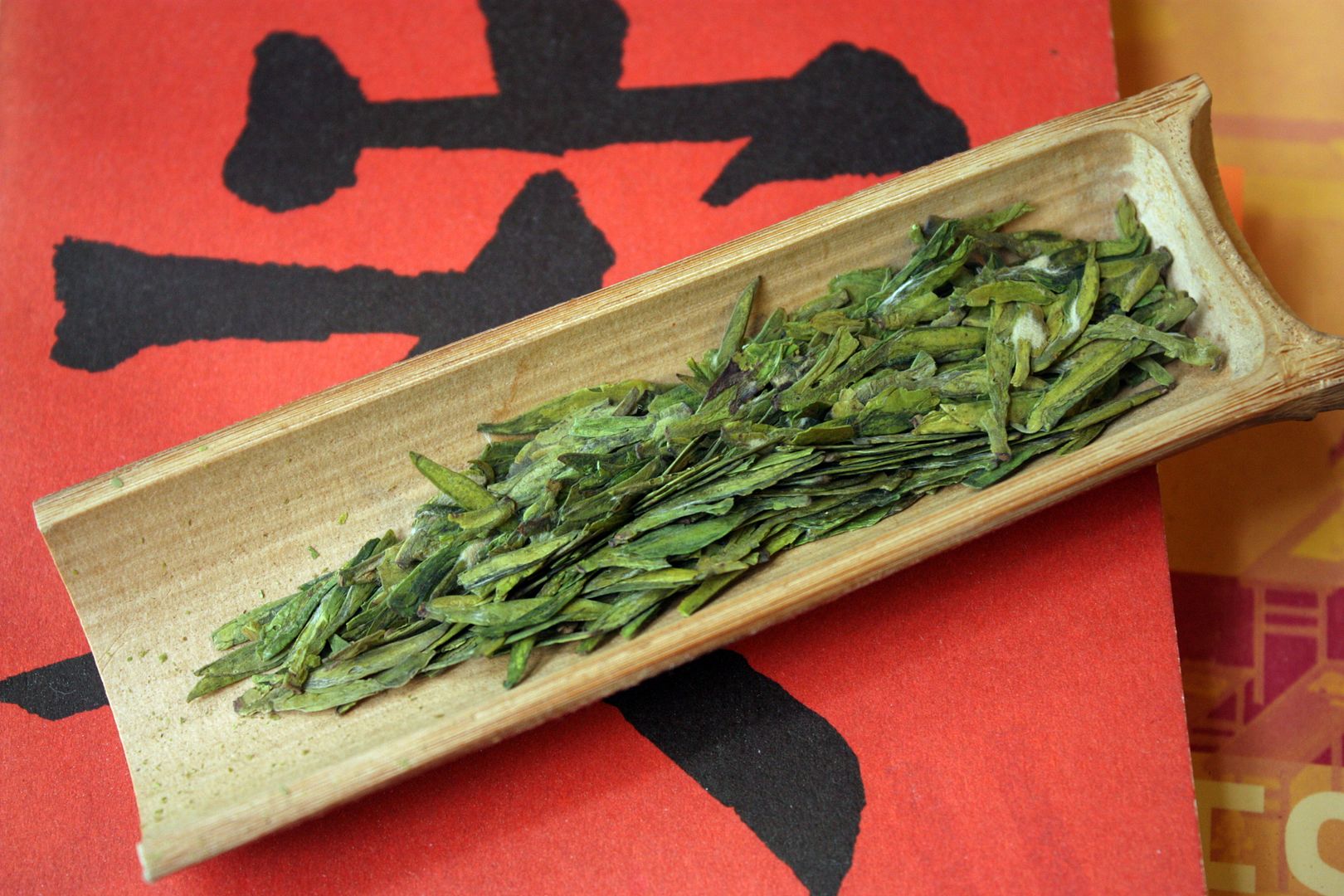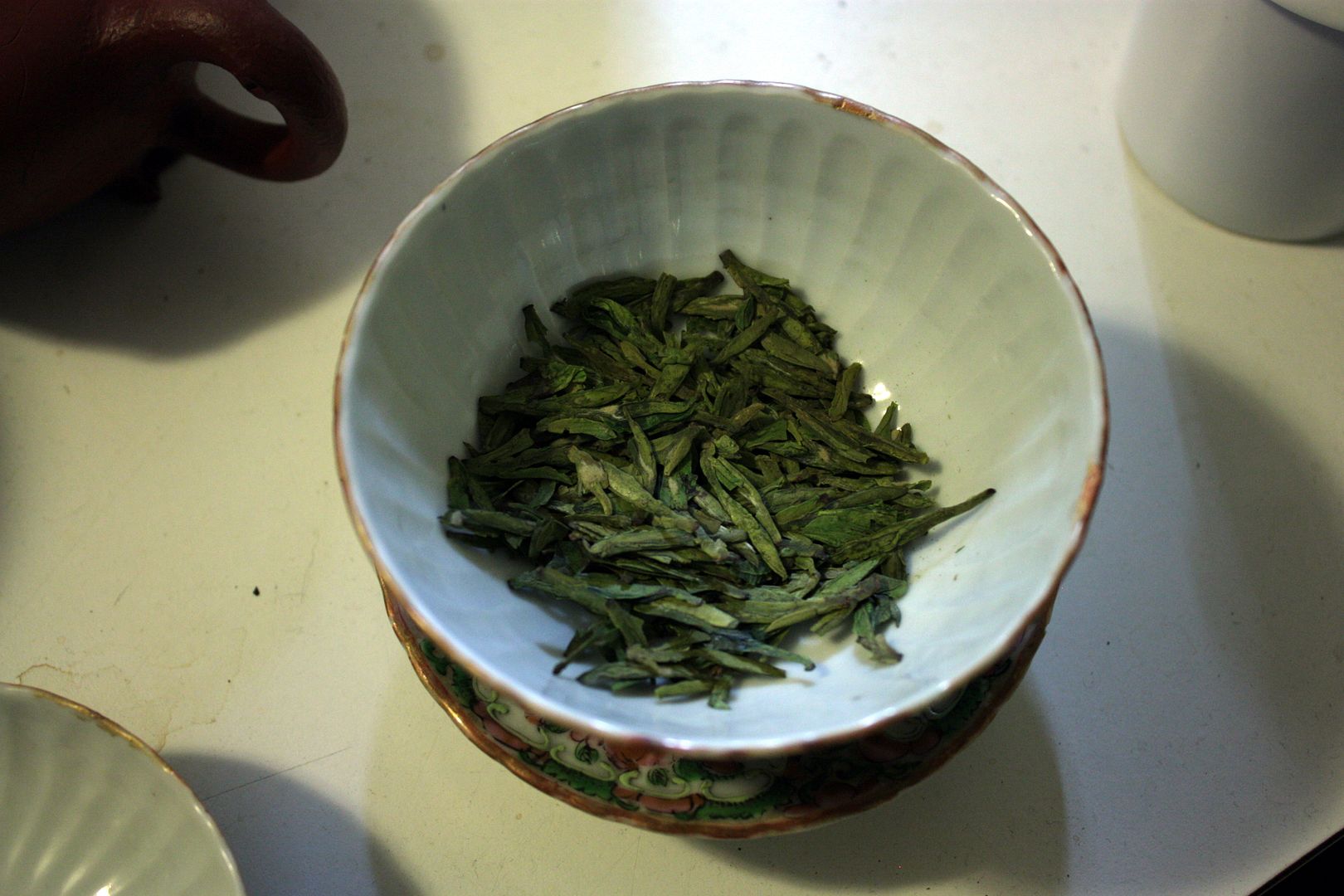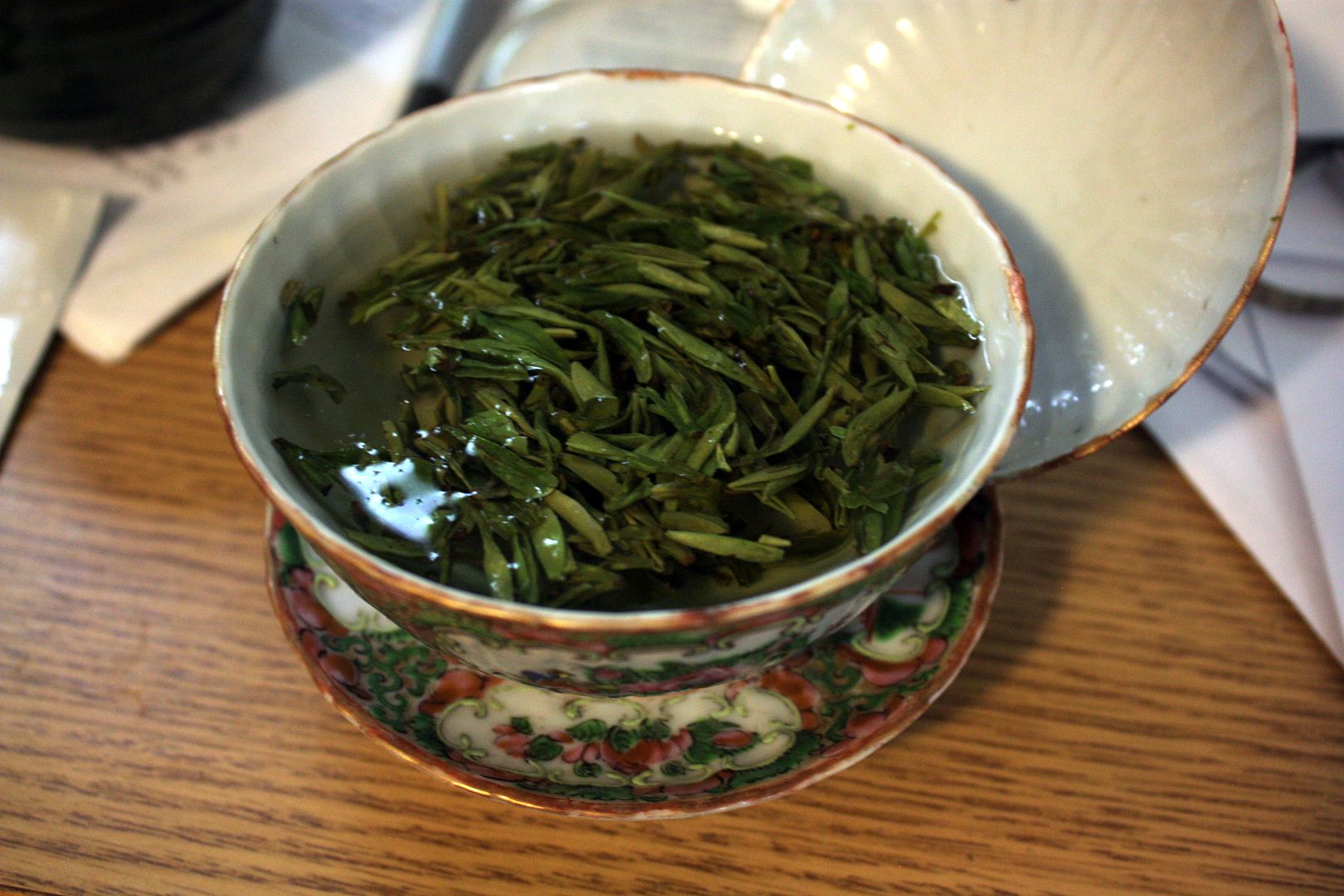Behind the Great Firewall of China, there’s not much you can do, blogging wise, unless you happen to use Sina.net as your platform or you find a proxy. So now, jet lagged and hovering somewhere (time wise) in the middle of the Pacific, I am writing this of my two day trip to Beijing, a week after the fact.
All my friends in Beijing seem to be better off now than they were last time I was there in 2007, which is heartening. I don’t mean that only in terms of material wealth or some such, but also in terms of their tea philosophy, if I may use such a term. Everyone seems to have found their own preferences and tastes, and are pursuing them actively with more involvement on the production end of things. People who used to be mere merchants are now makers, or at least closer to a maker now than they were a few years ago. It’s always nice to talk to folks who are passionate about what they’re doing.
Which brings me to the tea that I’ve had — too much tea in the span of a few days to really discuss in detail, but a few things jumped out as interesting. One of my friends is now a part owner of a teahouse, and he also goes to Fujian every year to source stuff on his own farm for his shop. Among the things he’s doing is making white tea. It’s not just any ordinary white tea though — he roasts them ever so slightly, and then ages them. Here’s a comparison of a 2006 yinzhen vs a 2010 one. You can figure out which is which.

The aging gives the tea a bit more sweetness and mellows out the flavours, although it also means the tea loses some of the fragrance, as is normally the case with aged teas. Four years is not a long time, and I’d imagine the tea can change a little more. White teas are always ageable, but it’s nice to see that he’s producing them specifically for the purpose of aging (thus the roasting).
I also tried some puerh while there. Beijing stored puerh really isn’t ideal, but if done carefully with a lot of water containers boosting the humidity of the storage unit, it is possible to produce nice, round tasting tea that doesn’t have that typical dryness one might associate with overly-dry storage conditions. I think that’s actually quite important, as dry tea makes for bad tasting tea. My friend L is now storing tea in bags, all within a big cooler (think camping) and slightly moistened. He found a guy in Kunming who goes up to the mountains all the time and spends a lot of time thinking about how to make good tea, and the results show — soft, supple tea that tastes good. I wonder how they’ll age in a decade, but so far it’s promising.
On the other hand, I visited Maliandao again and it seems like things have normalized a little there. While two more tea malls have opened up since I was there, for the most part business seems to be down. Granted, I was there on a rainy day, which most definitely put a damper on traffic, but I think a lot of stores aren’t doing as much business as they used to. Xiaomei’s store is still there, but now the clientele is mostly of a wholesale nature, with very little retail sales going on. As I predicted long ago, everyone who wanted to build a tea collection has one already, so there’s very little impetus to buy more. I certainly felt that way — walking around the shops, I had very little interest in trying or buying tea. I’m sure there are hidden gems here and there, but I don’t have the time to go through them one by one and try them all out.
The best part of the trip was simply seeing everyone again, and having tea with them. Tea is ultimately a social drink — while it can be great alone, it’s better with friends. Too bad that part of tea drinking is often what’s missing in the Western experience.








 RSS - Posts
RSS - Posts
Interesting.... would 250C in my oven work?